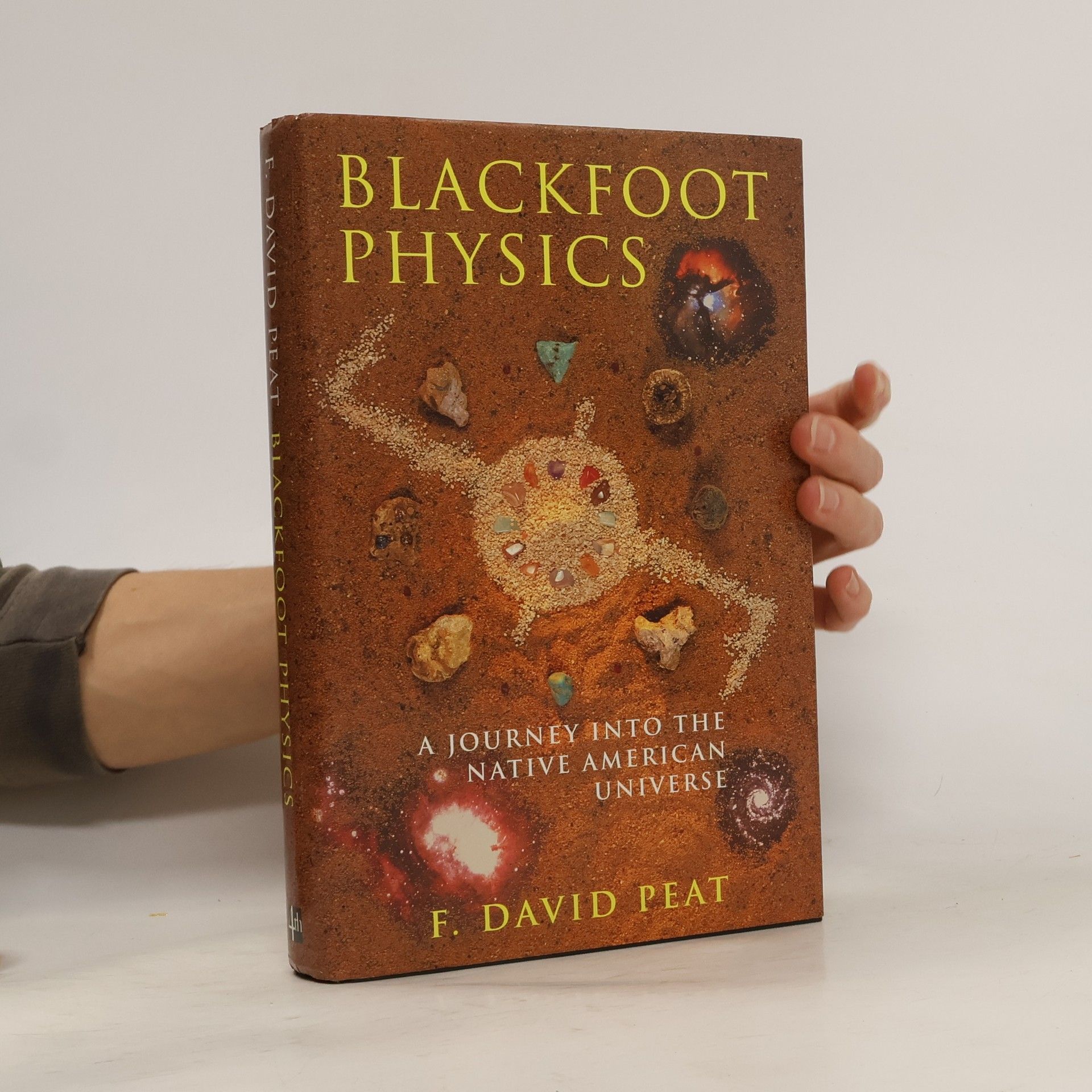Infinite Potential
- 357pagine
- 13 ore di lettura
Infinite Potential is the first biography of David Bohm—brilliant physicist, explorer of consciousness, student of Oppenheimer, friend to Einstein, and enemy of the House Committee on Un-American Activities. Although he battled bouts of crippling depression, Bohm proved to be one of the twentieth century's most original thinkers, influencing the fields of physics, philosophy, psychology, language, and education. In this compelling narrative, David Peat explains Bohm's life and landmark scientific work, including his famous ”hidden variables” causal interpretation of quantum mechanics, which created a storm of controversy, yet may well be the only theory that describes the true nature of reality.

